Experience mapping training for EBCONT
Embedding experience mapping in the team
With EBCONT, I designed and facilitated a two-day training to help the design team use experience mapping as an effective tool for better ideas and clearer decisions.
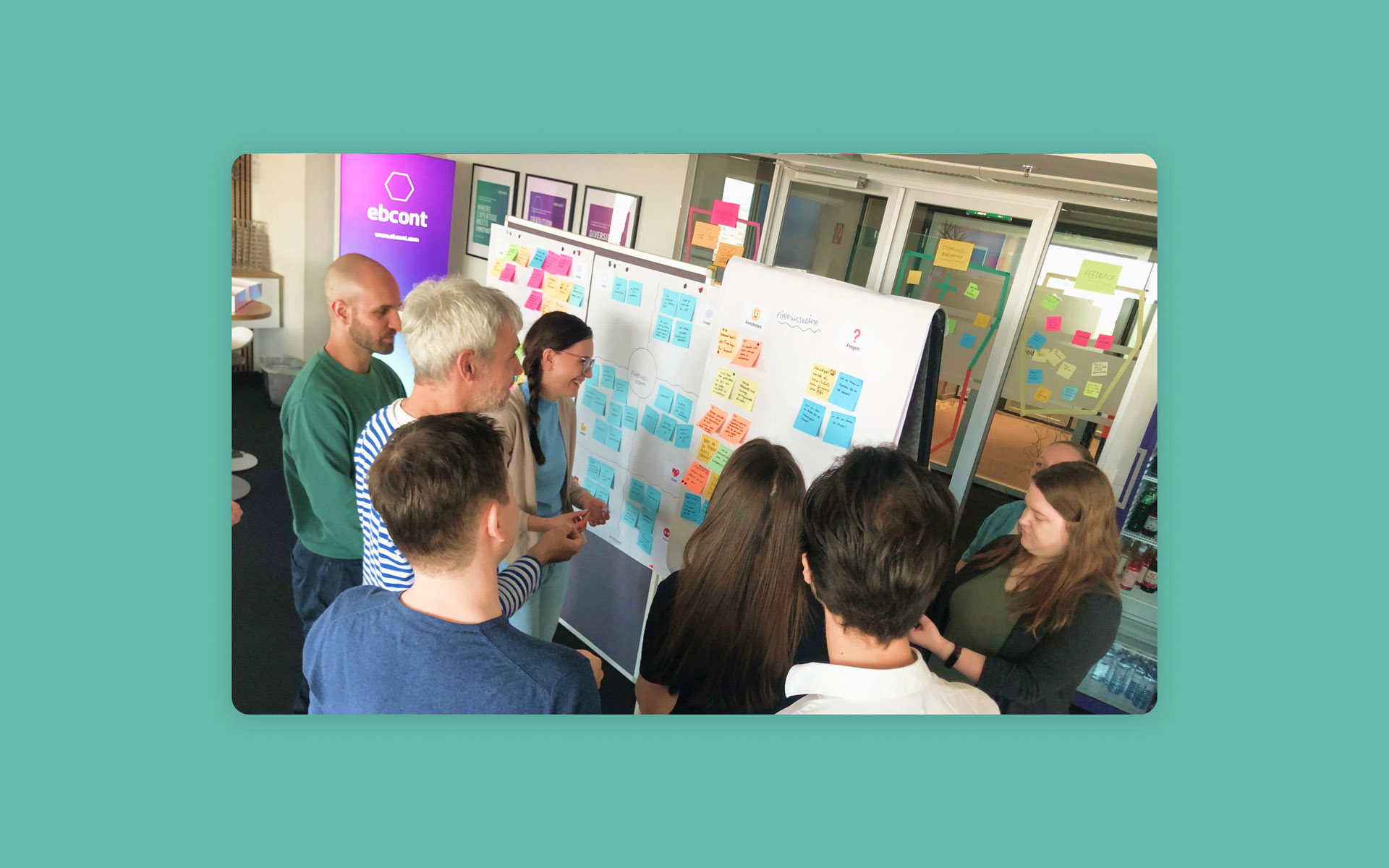
Facts
Client
EBCONT communication GmbH
Project
Internal training for the design team
Format
2 full-day in-person training
Team
Carina Skladal
Mathias Grieder
Emanuel Jochum
My role
Training design & facilitation
Period
2024
Sector
Professional training
Challenge
The goal of this internal training was to strengthen how experience mapping is used at EBCONT – not as a formality, but as a shared, living part of the design process.
The team wanted to explore how methods like empathy mapping, journey mapping, LEGO® SERIOUS PLAY® and service blueprints could support their day-to-day work – not just in theory, but in real project settings. The challenge was to make the tools meaningful, flexible, and directly usable.
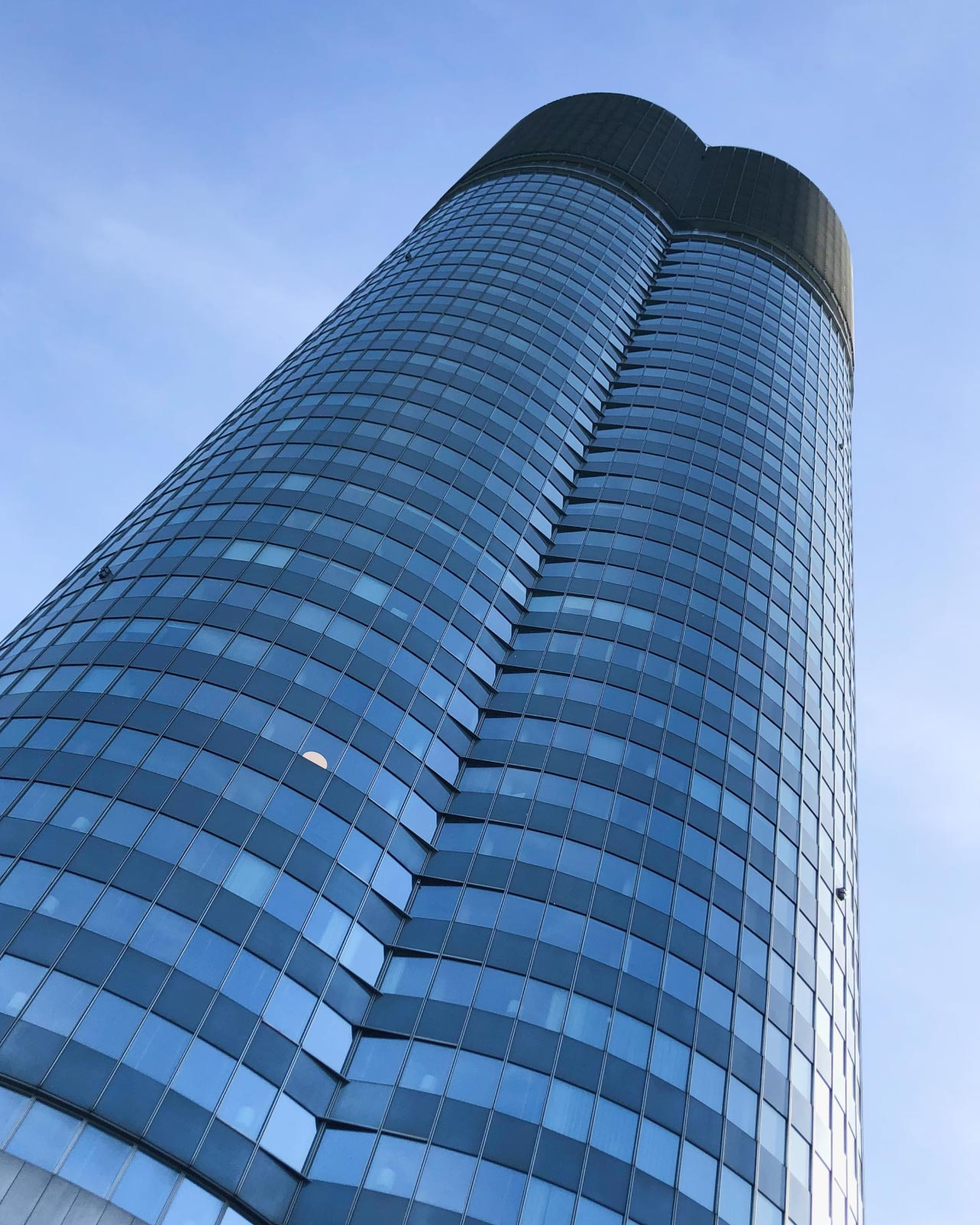

A look at the training’s location in the Millennium Tower, plus a moment of me, happily ready to kick off the session.
Approach
We started with a topics kickoff to define needs, set clear goals, and choose the right workshop setting. I prepared a clear training plan with all materials and templates ready to go.
On day 1, the team focused on the starting point: defining the problem, mapping what was already known, and visualizing the current journeys for the challenge. They created empathy maps, documented assumptions, and conducted short internal interviews to test what they knew – updating the maps along the way.
On day 2, we shifted to hands-on prototyping using LEGO® SERIOUS PLAY® to make early ideas more concrete. We developed concept prototypes, refined them with mapping, and defined clear action steps for what to do next.
The whole training balanced solo work, small groups, and plenary discussions – using pin walls, big paper rolls, and shared whiteboards to make the work visible.
After each exercise, groups shared what they learned, how they would adapt the methods, and how experience mapping could shape their real projects going forward.
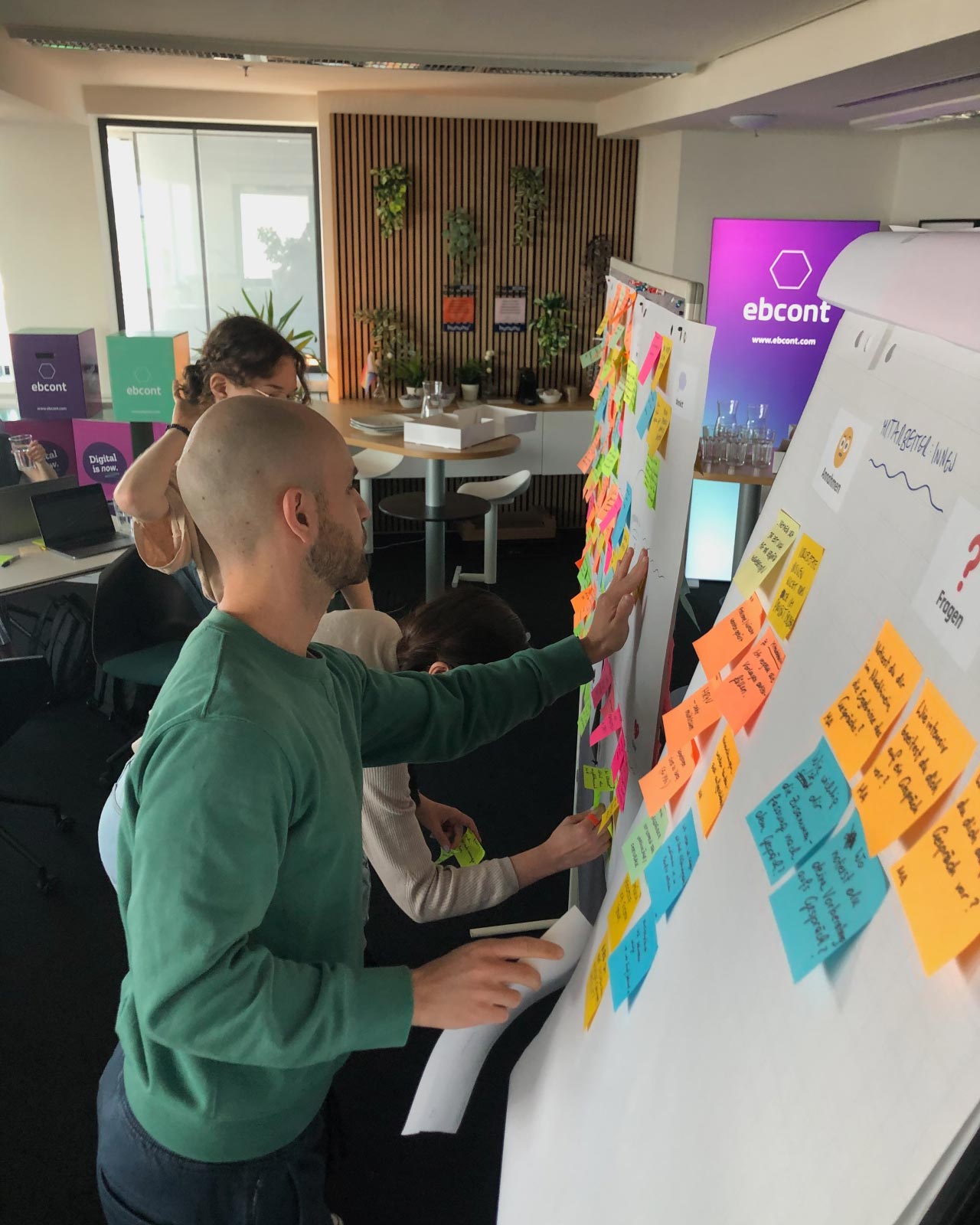
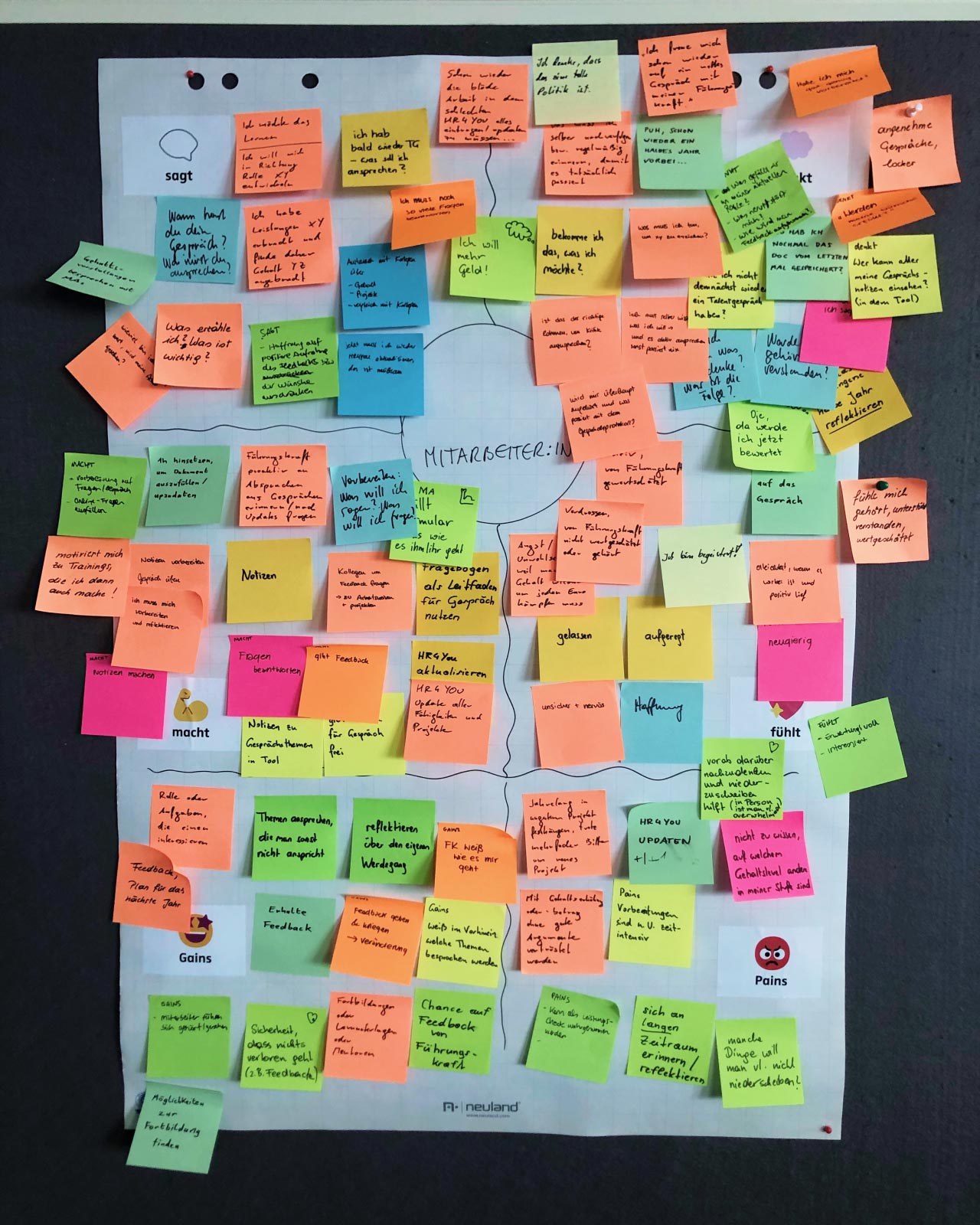
Mapping activities captured real project assumptions and team knowledge in clear visuals, including detailed assumption maps and fresh empathy maps.
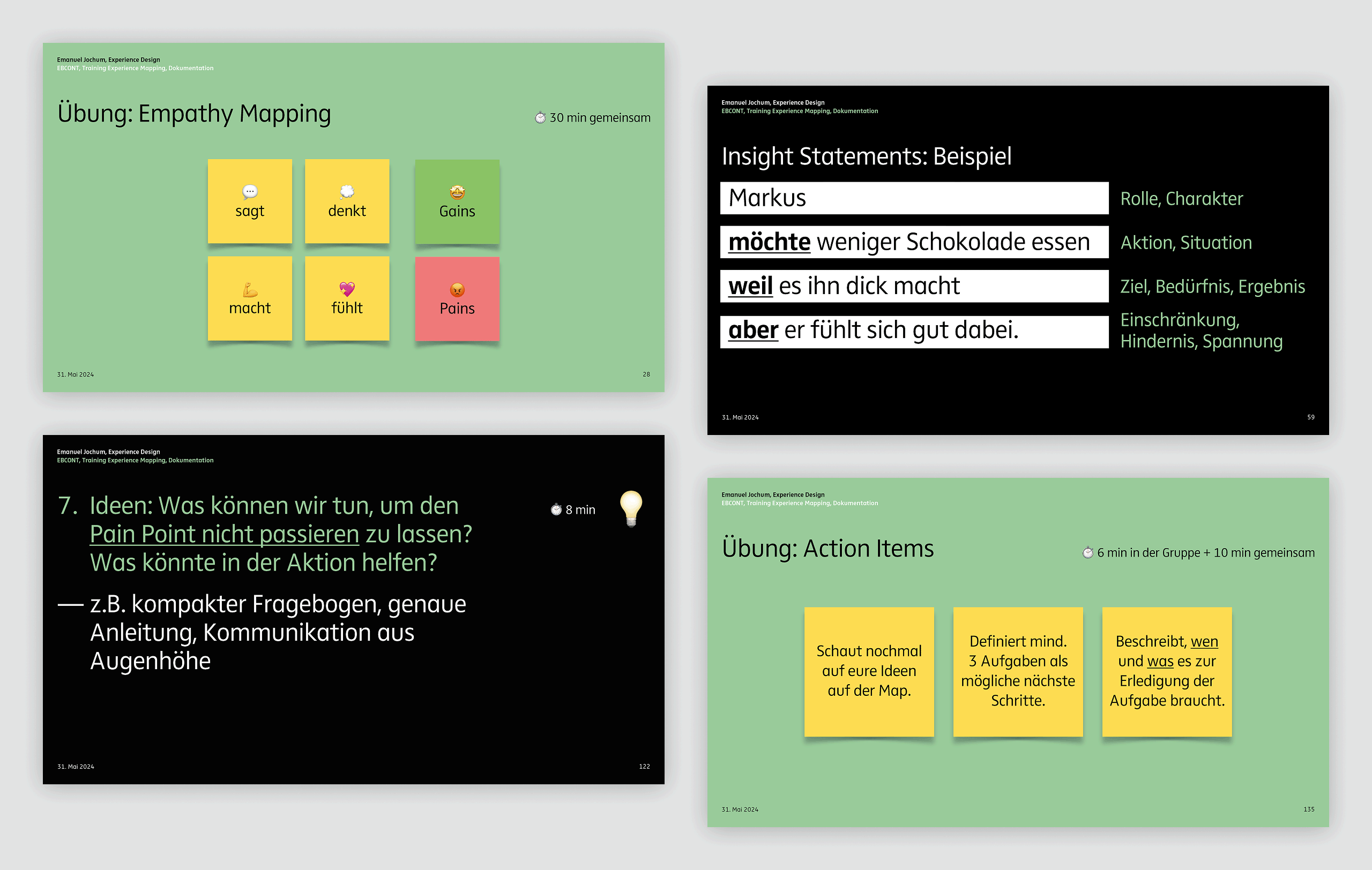
Slides from the deck gave everyone clear instructions, practical exercises, and a glimpse of how each method fits into real project work.
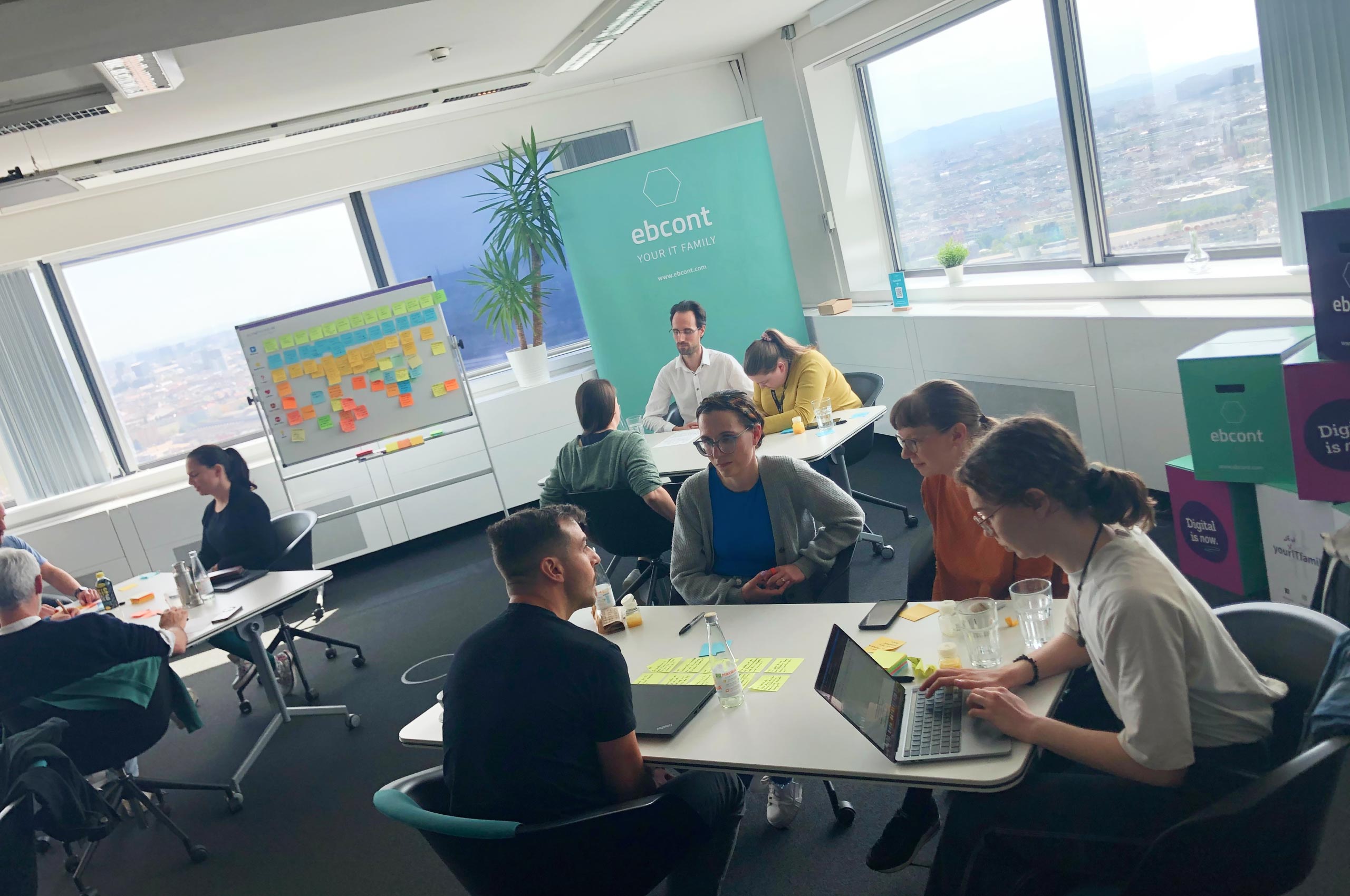
A journey map filled with sticky notes showed the big picture, while user interviews gave fresh details to make the map real.
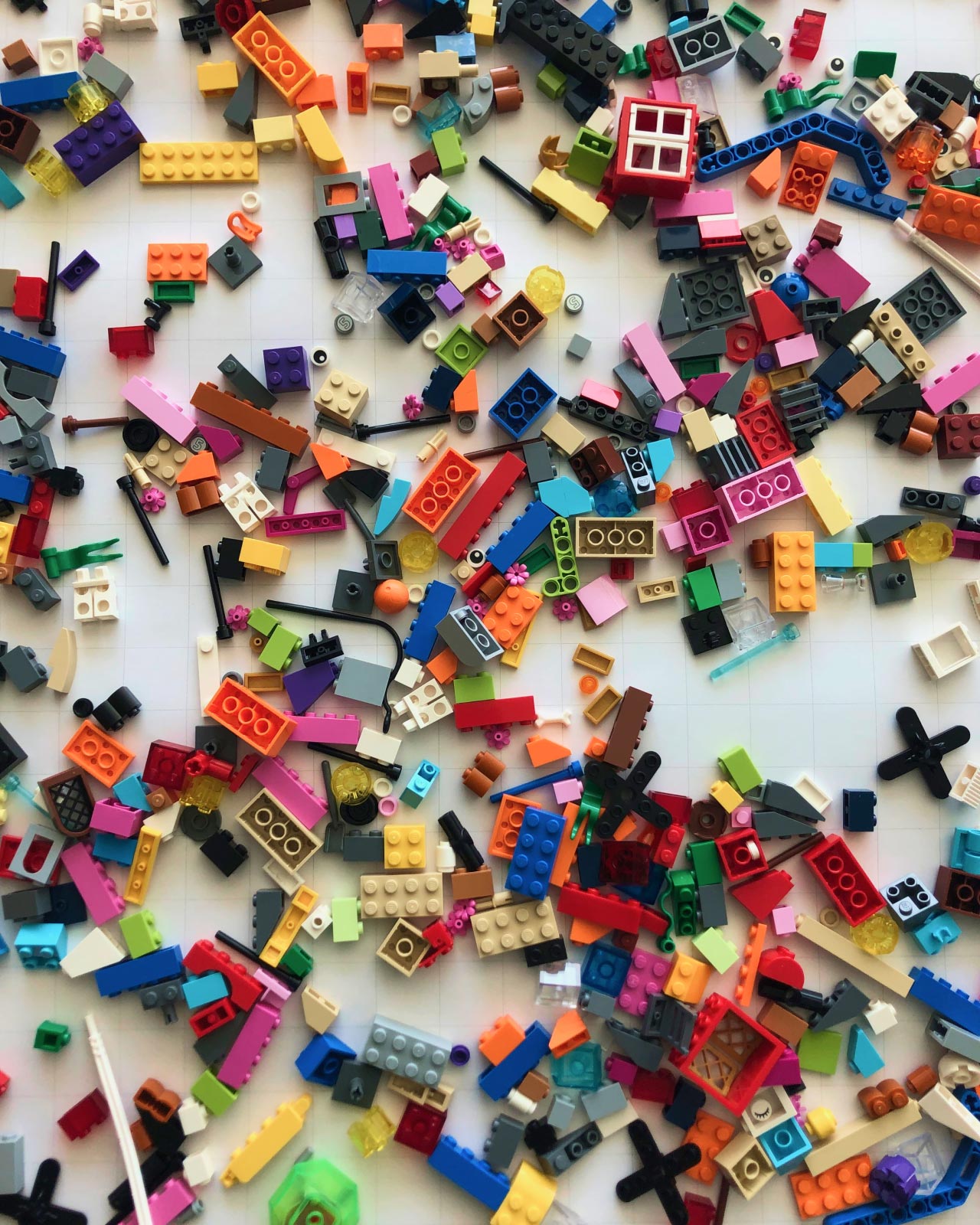
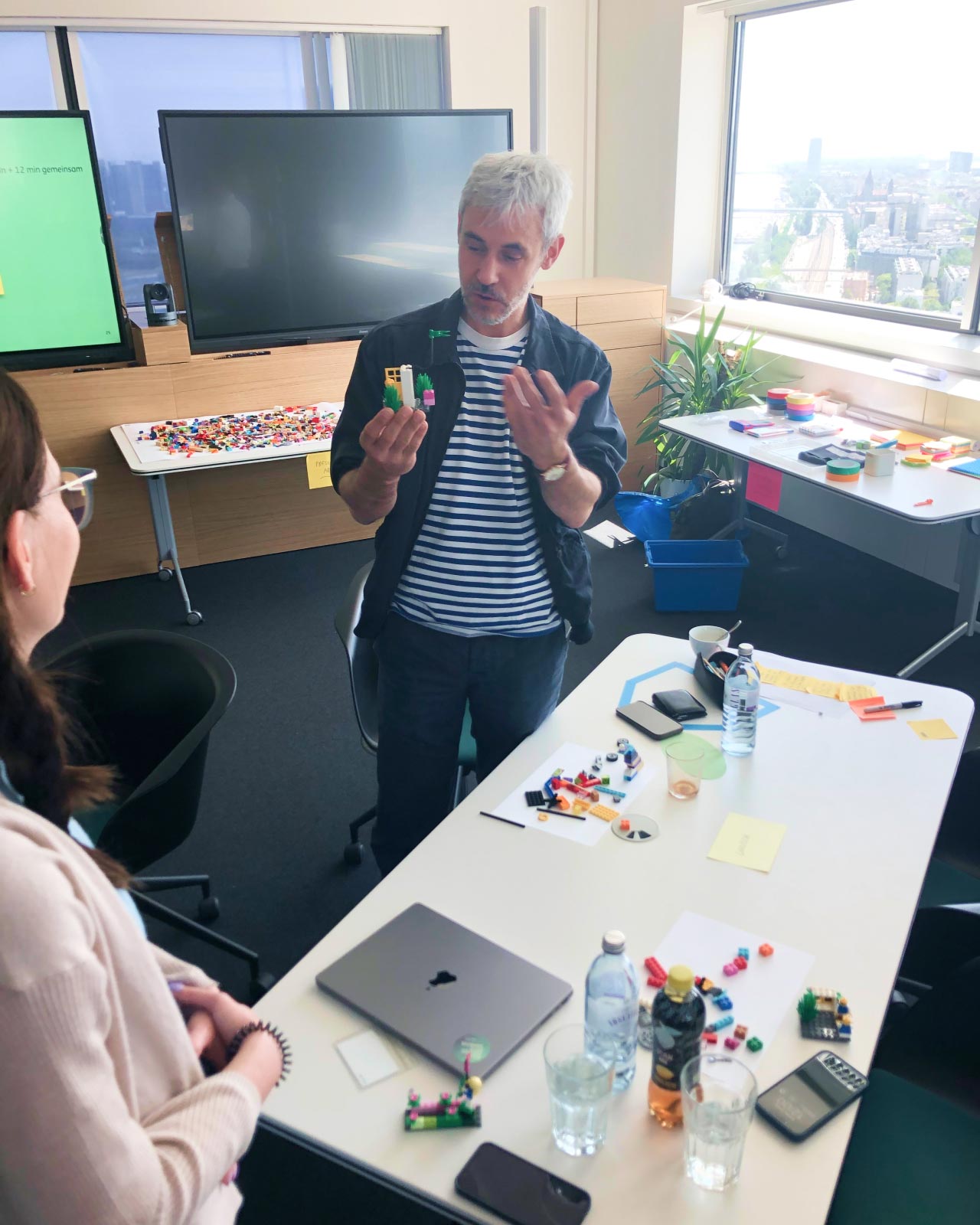
LEGO® bricks and builds made ideas tangible, with the participants explaining how their models captured an insight worth testing.
Some questions that shaped the work

How can mapping help teams align when no one has the full picture?
We framed mapping as a way to build shared understanding. Groups combined what each team member knew and marked the gaps. This made blind spots visible and turned uncertainty into a shared invitation to explore, not a blocker.

How do you keep mapping flexible without losing structure?
We used adaptable templates that allowed teams to choose the right level of detail, not everything had to be filled in. What mattered was capturing flow, friction, and key interactions. We also showed that the value lies in the discussion, not in having a “perfect”, fully complete map.

Where does mapping add value, especially when time is tight?
We emphasized that even 30 minutes of structured mapping can save hours later. Several teams said the activity helped them spot unclear assumptions before going into design or development, and that alone made it worth doing.
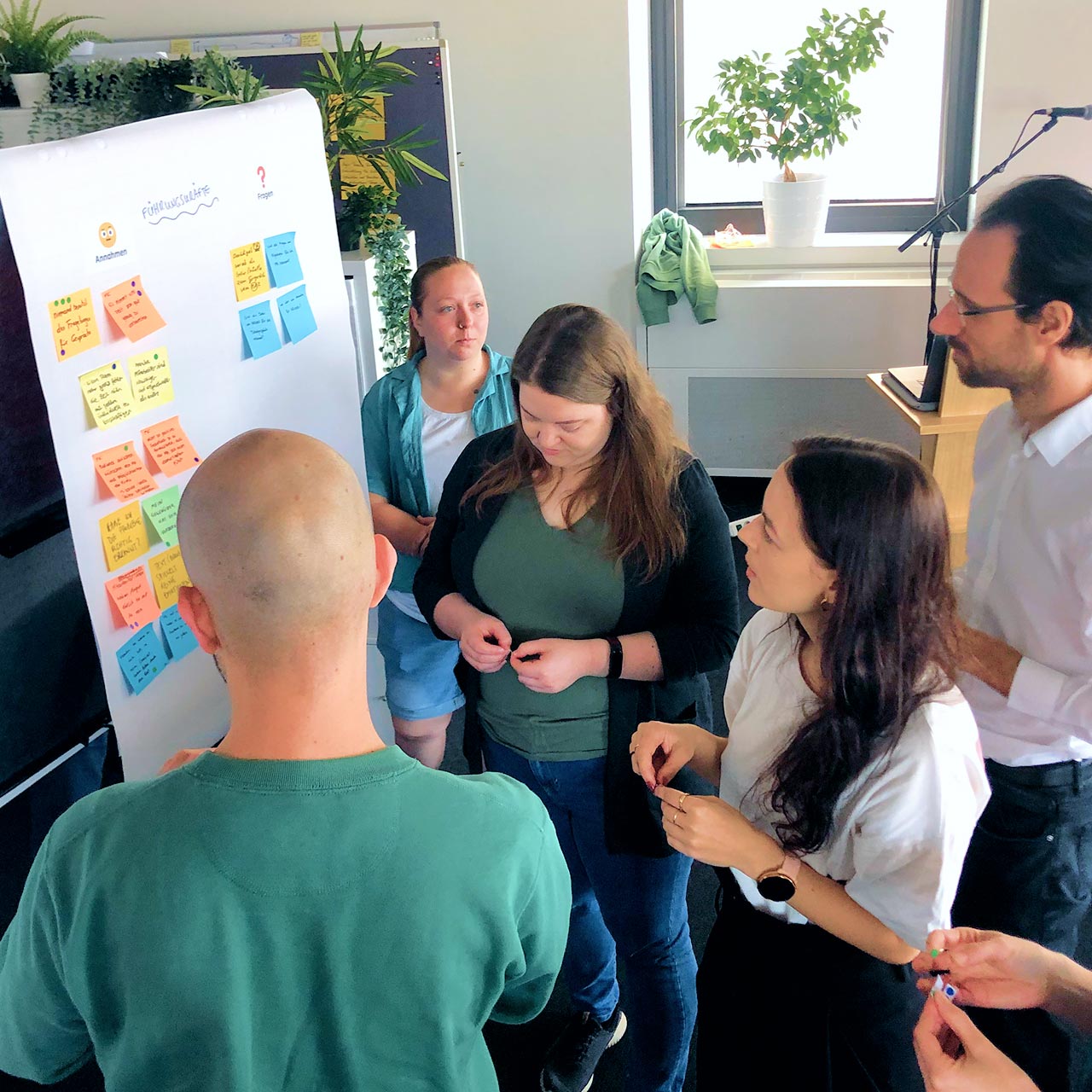
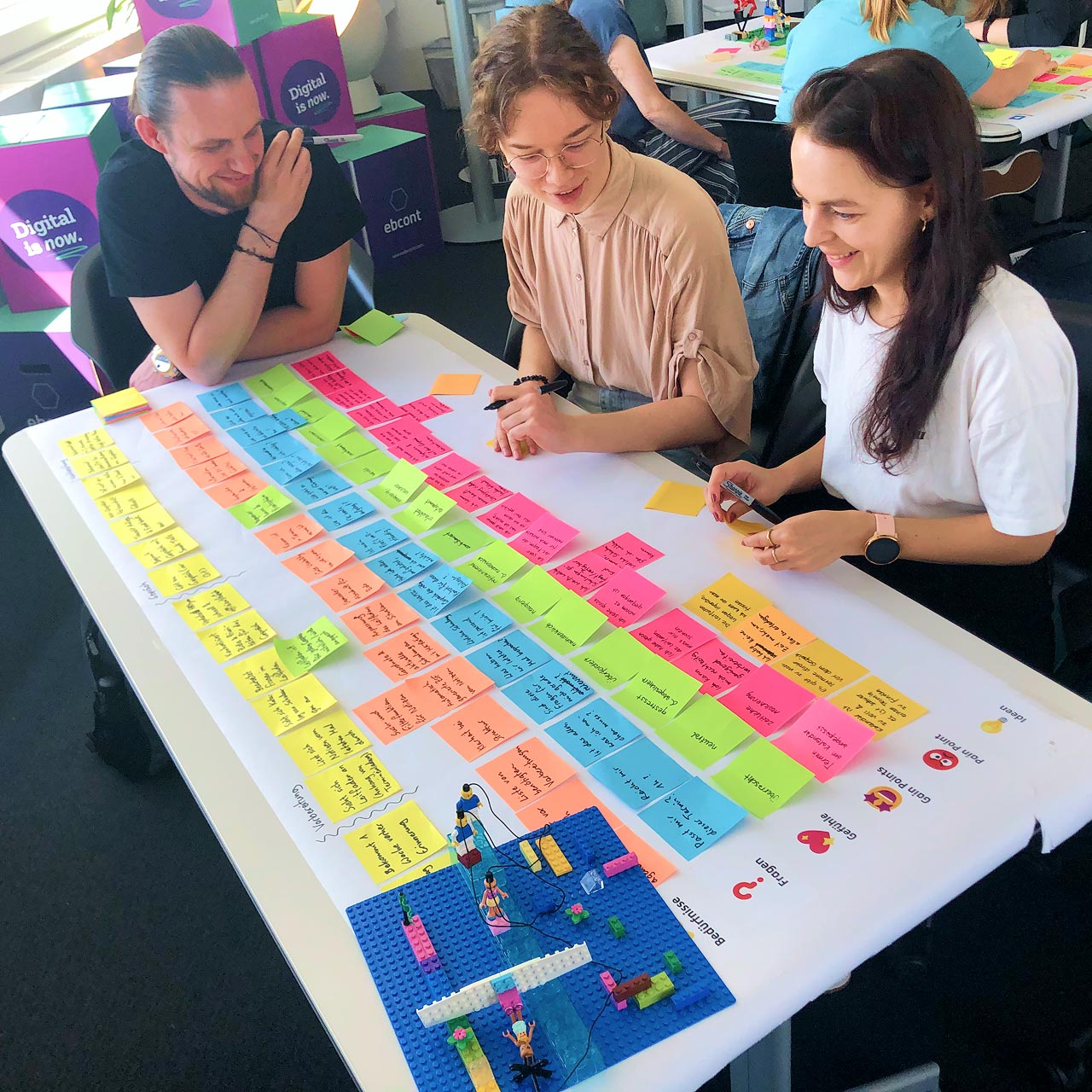
Participants worked together to map journeys and talk through what they knew – connecting insights, ideas, and questions.

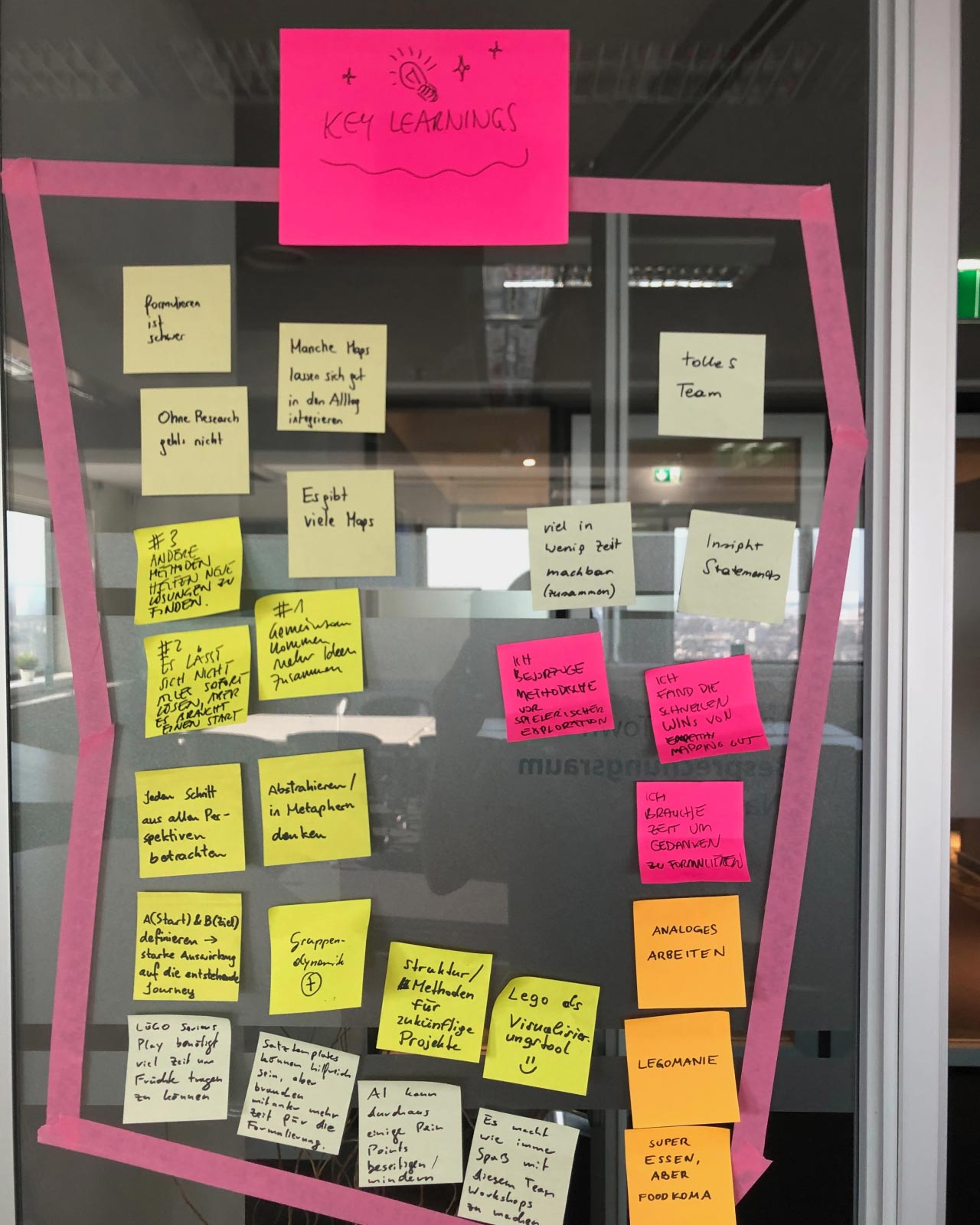
Sticky notes and Facilitape captured team reflections, feedback, and key learnings – simple tools that kept everyone engaged and ideas visible.
Result
By the end of the two days, the team had created experience maps that were rooted in a real use case. Nothing was hypothetical; everything linked back to actual research, people, and goals.
On the first day, they mapped what they knew, tested assumptions, and used short interviews to add fresh insights. On the second day, they moved ideas forward with simple prototypes and clear action points to use in real projects.
The training wrapped up with reflections and practical documentation – showing how each team can adapt the methods for client work, make mapping a real decision-making tool, and keep it alive as the project evolves.
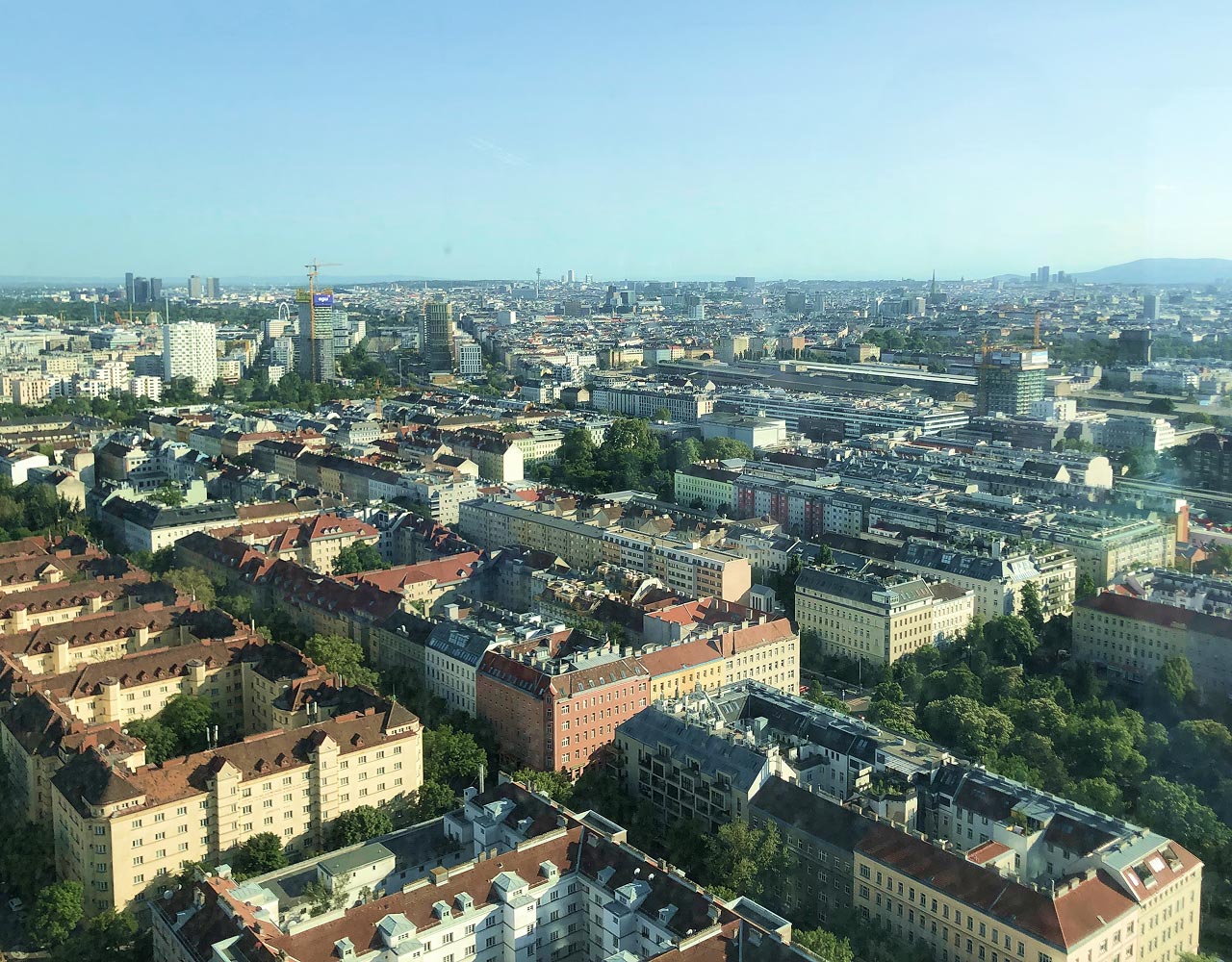
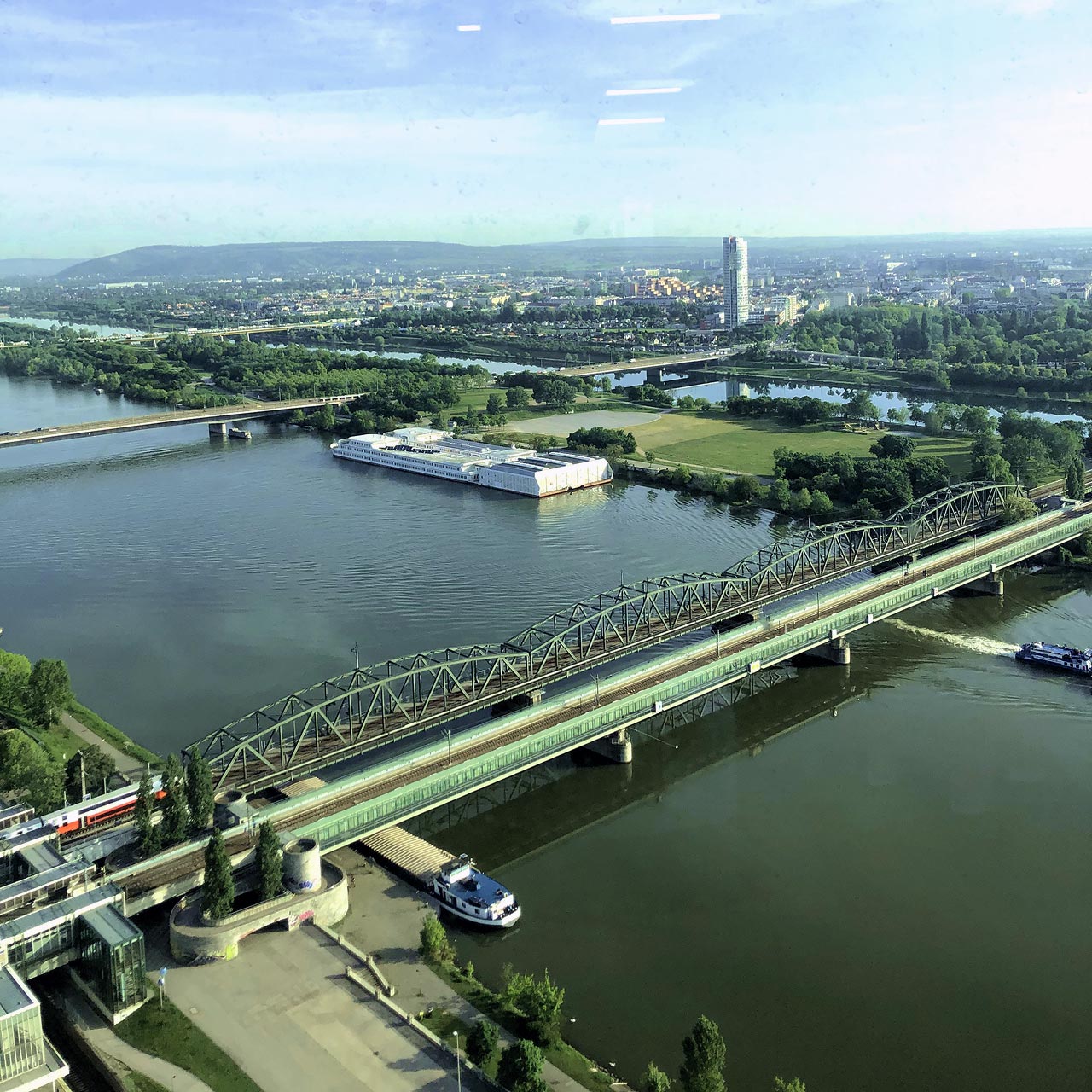
The city view from the tower added a fresh perspective – ideas really do flow when you see Vienna from above.
What I contributed
Planning, design, and facilitation of the training
Creation of templates, tools, and materials for each phase
Support in group work and individual coaching
Documentation of the results and defined recommendations for follow-up
Worth a mention
The best part was watching each team make the same tools their own. Mapping uncovered gaps and questions that would have stayed hidden otherwise, and the conversations it sparked were just as valuable as the maps themselves.
Ready to map your next challenge?
Experience mapping can help you see what’s missing, align your team, and make better decisions together – no matter how complex the project.
Let’s make something meaningful.
Emanuel Jochum, Experience Design
Rotenturmstraße 27/2, 1010 Vienna, Austria
+43 699 17191982, hello@ejochum.com
© Emanuel Jochum, 2025
Simple is beautiful